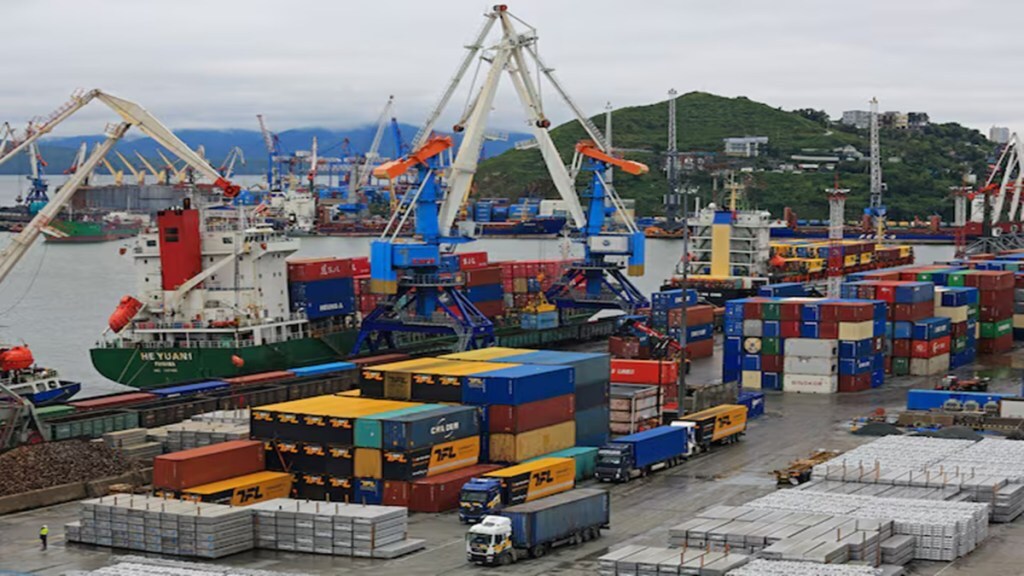India hopes to negotiate a mutually beneficial, multi-sector bilateral trade agreement (BTA) this autumn to fend off US President Donald Trump’s reciprocal tariff regime that will kick in from April 2. India’s commerce and industry minister Piyush Goyal was in Washington earlier this month for negotiations with the US secretary of commerce Howard Lutnick and the United States Trade Representative Jamieson Greer. Although India prepared a list of items where it can offer substantial tariff cuts and greater market access for US goods, they were considered inadequate by the US. Clearly, the challenge for India is to provide vastly improved offers in the next round of consultations on the trade deal, the contours of which will be finalised in two-three weeks’ time. Lutnick, for his part, certainly has no confusions regarding the nature of the BTA. At a media event, he emphatically stated that India’s market has to open up; that the need is for India and the US to have a “macro, large-scale, and broad-based agreement”.
India clearly is on the back foot with the consistent messaging from the US regarding its high tariffs, especially on automobiles and farm produce. With a sense of urgency, the government is engaging with stakeholders to resolve challenges in this regard. Goyal indicated to local industry that they should not expect “overprotection” and be ready for easier imports from the US. As if on cue, various sectors like gems and jewellery, electronics, and automobiles are reportedly pitching for a reduction — in some cases even elimination — of import tariffs to mitigate the impact of US reciprocal tariffs.
The auto industry is open to a zero-duty regime but insists on a staggered reduction to ease the impact of heightened competition. Although imports of farm produce have so far been a red line for India, experts like Ashok Gulati argue that the sector is not as vulnerable as popularly believed as 80% of India’s agriculture is reasonably competitive. The US exports soya bean, maize, cotton, and food preparations on which we levy high tariffs. India could negotiate tariff rate quotas and provide access for US farm produce.
The stakes indeed are large for India to conclude a mutually beneficial BTA with the US. In the post-World War II world, Japan, South Korea, and China prospered by exporting to America. India must go all in to ensure a similar outcome as it has ambitions to become a developed nation. The target of $500 billion in bilateral trade in 2030 — up from $195 billion in 2023 — is ambitious and cannot be achieved without America’s deepening engagement with India in investment and flow of technology. The foundation of the Indo-US relationship is economics and there is an upside that must be tapped. In this regard, the contours of the BTA in the making are obviously not limited to averting reciprocal tariffs but also addressing sensitive areas like intellectual property rights, data protection, government procurement, and labour standards. Nothing is off the table as India is already experiencing in its efforts to ink free trade agreements with other developed nations like the UK and the European Union. India must therefore properly do its homework as it prepares for a BTA and show accommodation on specific products of interest to the US as it has done in bilateral trade policy dialogues. There is no doubt a win-win opportunity if we play our cards smartly.

